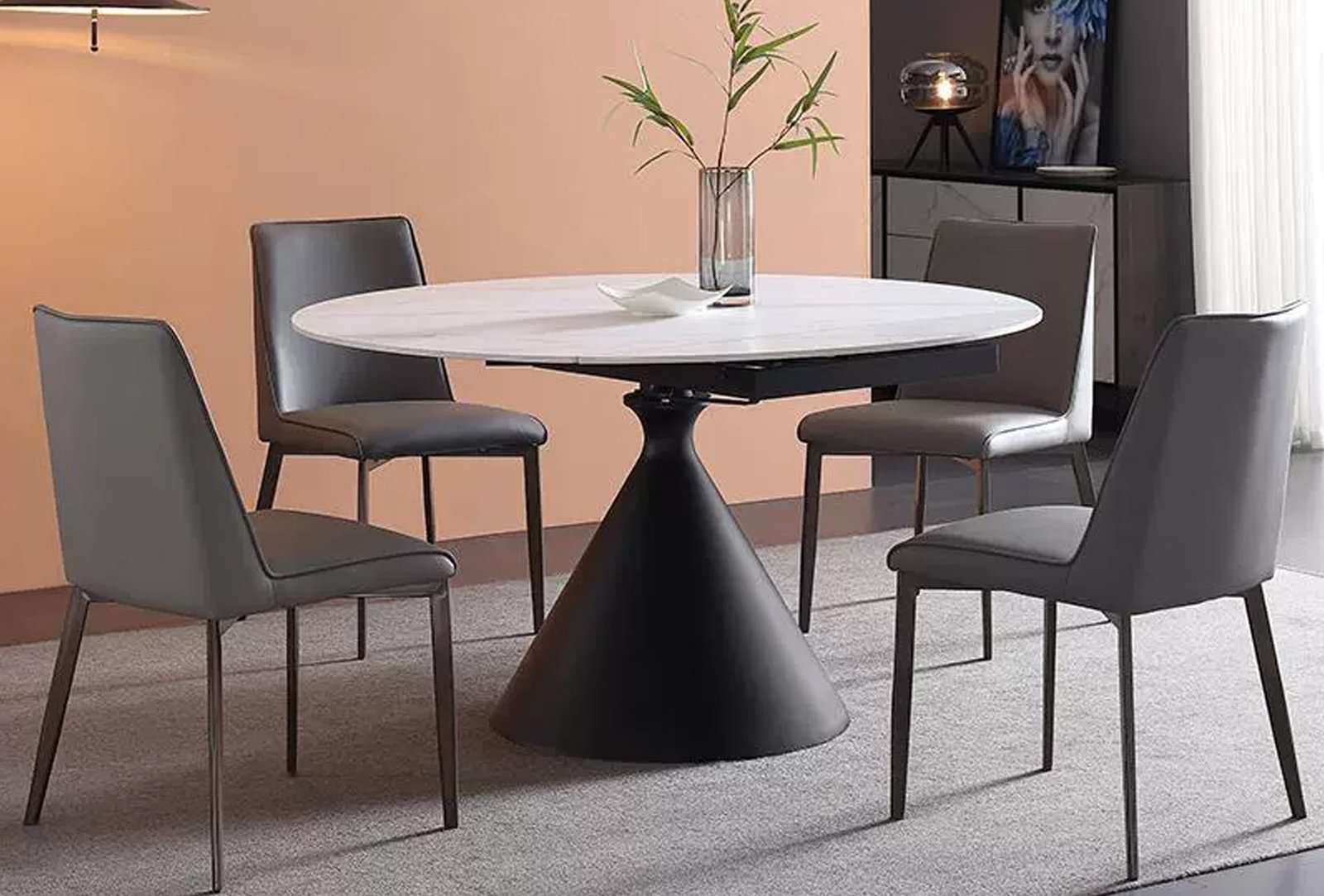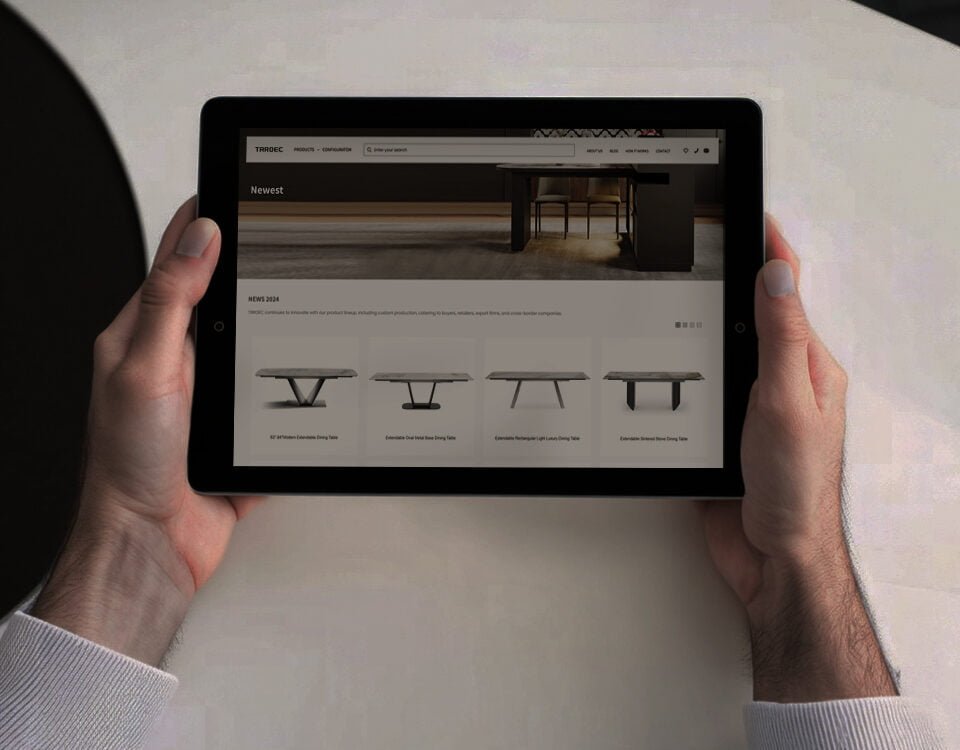In an increasingly urbanized world, many homeowners and designers are turning to biophilic design to reconnect their living spaces with nature. Biophilic design is more than just a trend; it’s a movement that integrates natural elements into furniture and interior design to improve well-being and promote sustainability. This approach is becoming a cornerstone of modern home design, offering a unique blend of style, comfort, and ecological awareness.
In this article, we explore the concept of biophilic design and how it’s reshaping the future of furniture and home interiors.
What is Biophilic Design?
At its core, biophilic design is all about fostering a connection between humans and nature. The word “biophilia” means “love of life or living things,” and this design philosophy incorporates natural materials, patterns, and elements into built environments to evoke the sense of being outdoors. It’s a response to the growing need to create spaces that nurture mental and physical well-being, especially as more people spend significant time indoors.
This design style emphasizes organic forms, natural textures, and the strategic use of plants, light, and materials like wood, stone, and wool. It doesn’t just apply to home decor but permeates furniture choices as well. Designers are now crafting pieces that bring the outside in—creating harmonious, nature-inspired environments that promote health and tranquility.
Natural Materials: The Heart of Biophilic Furniture
The materials used in biophilic design are critical in fostering a connection with nature. Wood is one of the most popular choices, not only for its timeless aesthetic but also for its calming, grounding presence. Reclaimed or untreated wood adds a raw, natural feel to a space, and pieces with visible grain patterns or live edges amplify this connection. Stone, wool, rattan, and cork are also widely used in biophilic furniture, creating a sense of earthiness and warmth.
Unlike the sterile, manufactured materials of modern industrial furniture, these natural materials invite touch and interaction. Their organic textures and imperfections bring a sense of authenticity to a room, reminding people of the beauty of the natural world. The growing demand for natural materials also ties into the sustainability movement, as consumers increasingly seek eco-friendly, responsibly sourced furniture.
Incorporating Greenery into Furniture Design
Biophilic design is not complete without greenery, and plants are increasingly being integrated into furniture designs in creative ways. Some designers are building planters directly into tables, shelves, or even seating, creating a seamless blend of furniture and nature. This allows homeowners to enjoy the benefits of indoor plants—like cleaner air and a calming atmosphere—while maintaining a modern and functional space.
Furniture that incorporates plants can also serve as a focal point for a room, adding both beauty and health benefits. Vertical gardens, plant walls, and green dividers are becoming popular in biophilic interiors, acting as both design elements and functional partitions. These innovative designs go beyond mere decoration, creating spaces that breathe life into homes and promote a more holistic living environment.
Organic Shapes and Curves
Another hallmark of biophilic furniture is the use of organic shapes that mimic the natural world. Curved lines, soft edges, and asymmetrical forms are replacing the rigid, geometric patterns of traditional furniture. These designs evoke the forms found in nature—such as the gentle curve of a river or the winding path of a forest trail—which helps to create a soothing, natural environment indoors.
Furniture with organic shapes feels more inviting and approachable. It creates a flow in the room that encourages movement and interaction. Rounded sofas, circular coffee tables, and fluid shelving units all contribute to a softer, more natural aesthetic that aligns with the principles of biophilic design.
Maximizing Natural Light with Biophilic Furniture
Lighting plays a crucial role in biophilic design, and the strategic use of natural light is essential for creating a connection with the outdoors. Large windows, skylights, and glass doors can flood a room with sunlight, making it feel more open and airy. To complement this, furniture placement should take full advantage of natural light sources, with seating areas positioned near windows or under skylights.
Additionally, furniture designers are increasingly using reflective materials like glass and mirrors to bounce natural light around the room, amplifying the effect. Light-colored wood, stone, and textiles can also brighten up a space, helping to maximize the impact of daylight. The goal is to blur the line between indoors and outdoors, creating a seamless, light-filled environment that feels connected to nature.
Mental and Physical Health Benefits of Biophilic Design
Beyond aesthetics, biophilic design has been shown to have tangible benefits for mental and physical well-being. Research indicates that exposure to nature, even when simulated indoors, can reduce stress, improve focus, and enhance mood. Rooms that incorporate natural elements like plants, wood, and stone are often reported to feel more calming and rejuvenating, making them ideal for relaxation, meditation, or work-from-home environments.
The health benefits extend beyond mental well-being. Indoor plants help improve air quality by absorbing pollutants and releasing oxygen, while the use of natural, non-toxic materials in furniture reduces indoor air pollution. In essence, biophilic design not only makes a home look beautiful but also makes it healthier to live in.
Conclusion
Biophilic design is much more than a fleeting trend; it represents a growing desire to reconnect with nature in an increasingly fast-paced, digital world. By incorporating natural materials, organic shapes, greenery, and light-filled spaces, this approach to furniture design creates harmonious environments that nurture both body and mind.
For furniture designers and manufacturers, embracing biophilic principles offers a pathway to creating spaces that feel authentic, calming, and rooted in nature. As we move forward, the demand for nature-inspired furniture is only set to increase, making it one of the most exciting and impactful design movements of our time.



